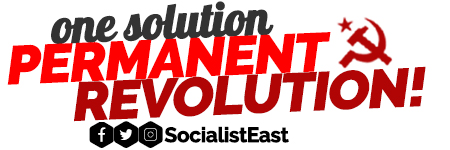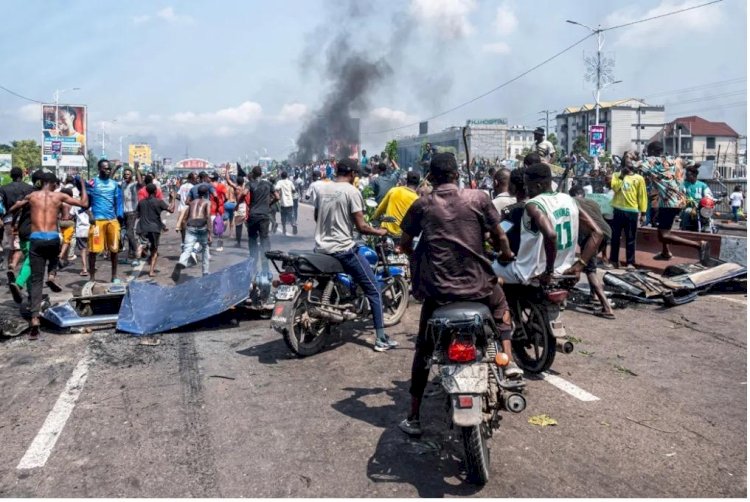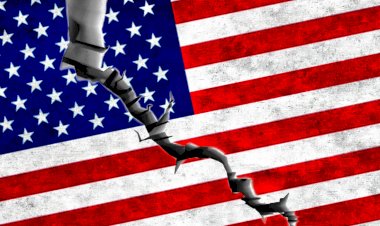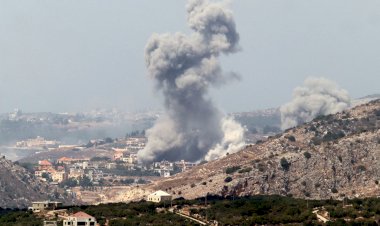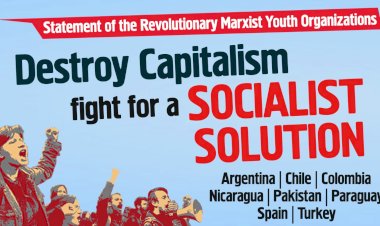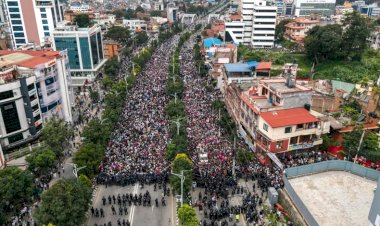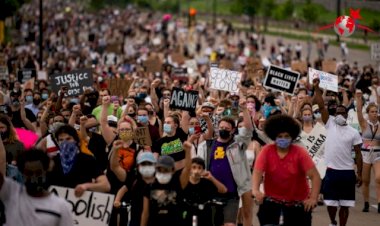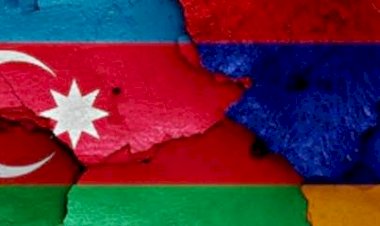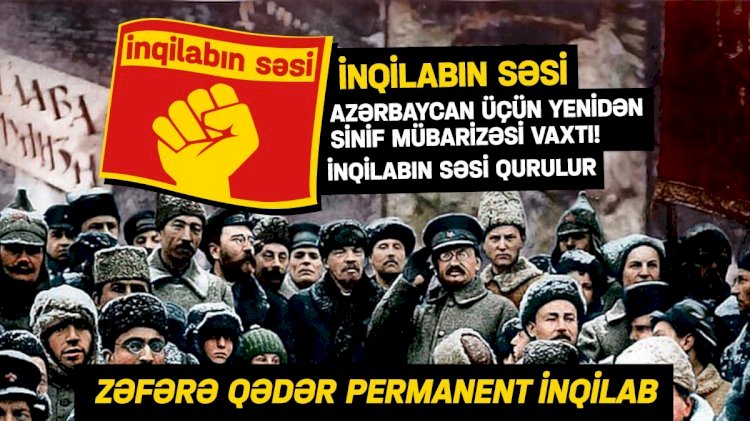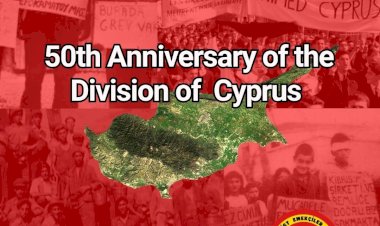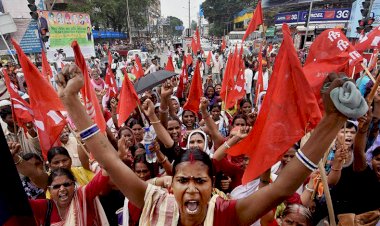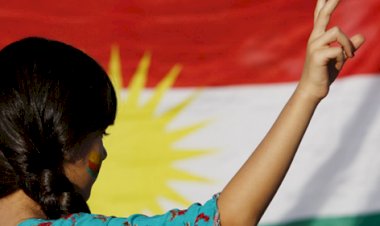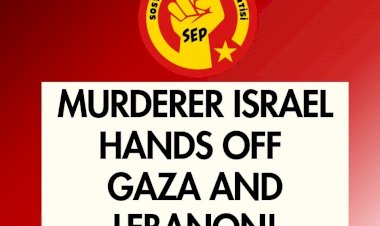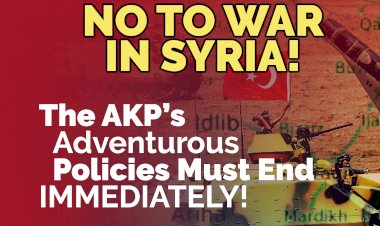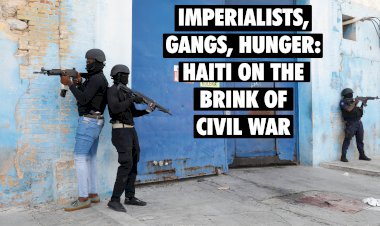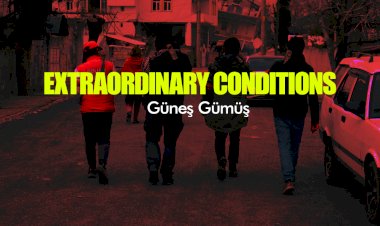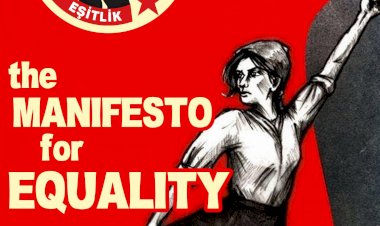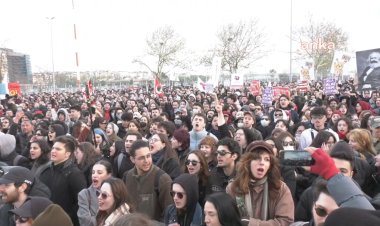Pain in the Midst of Wealth: Protests Erupt in Democratic Republic of Congo as Conflict Escalates and Millions Displaced
Hundreds of angry rioters under the ‘‘Paralyse the City’’ youth call reacted on Tuesday, 28th January, to the inaction of the international community against the decades-long conflict raging in Goma by targeting at least ten embassies, including those of Rwanda, Uganda, Kenya, France, Belgium, and the United States. It was triggered as the Rwandan-backed M23 rebels appeared to be expanding their area of control in the southeast of the Democratic Republic of Congo (DRC), moving south on Wednesday towards Bukavu, the capital of South Kivu province. For the last several months, the rebels have been controlling Rubaya, the North Kivu mining area, which constitutes one of the largest coltan reserves in the world and is used for the production of mobile phones.
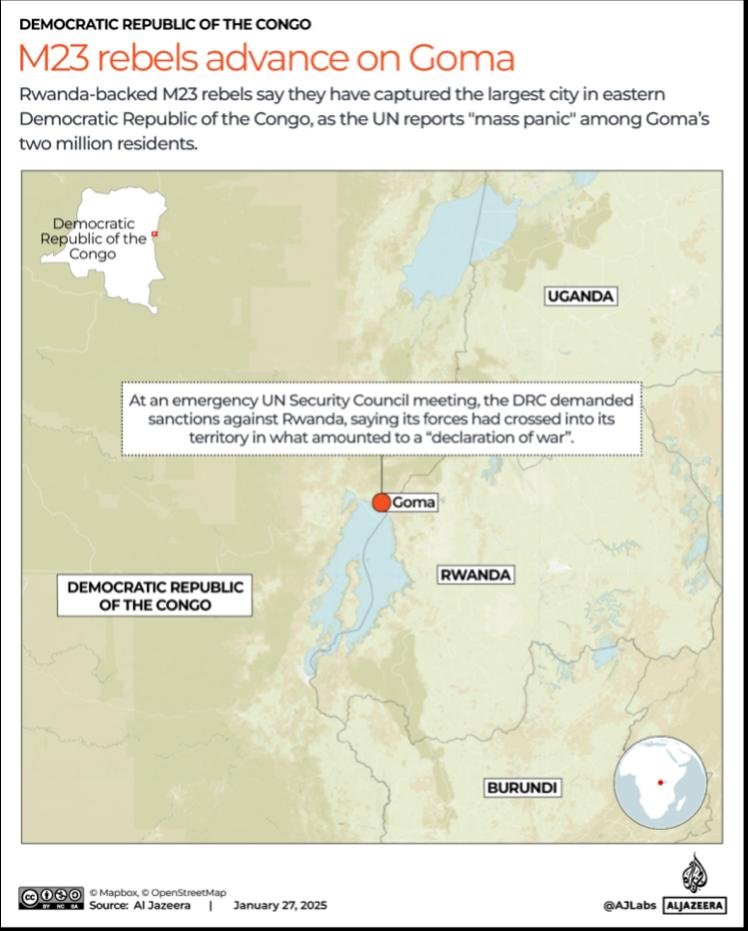
M23, standing for March 23 Movement, comprised Tutsi fighters claiming to protect the rights of the minority Tutsi population and is among the hundreds of militarized groups operating in eastern DRC. The conflict between M23 fighters and the Congolese national army, which flared up again in 2022, has forced millions of civilians to flee their homes in eastern DRC. A recent report from the UN High Commissioner for Refugees revealed that over 500,000 people were displaced in January alone.
Although US-backed Rwandan President Paul Kagame and the representative of M23 denied their relationship with each other, there are up to 4,000 Rwandan forces in Congo, according to UN estimates. The conflict between Rwanda and the DRC is rooted in the 1994 genocide, in which Tutsis and moderate Hutus were murdered by Hutu militias in Rwanda. After the genocide, those who committed the crime spilled into Congo, establishing refugee camps where disease, malnourishment, and violence killed at least fifty thousand in the first few weeks, leading to a major UN humanitarian mobilization. There were two wars against Congo in 1996 and 1998, launched by an anti-Mobutu coalition including Angola, Uganda, Zimbabwe, and Rwanda. This coalition was supported by the Clinton administration of the US, strengthened with economic and military ties, particularly with Rwandan President Kagame. From then on, heavily militarized conflicts in southeastern DRC have been carried out against the local military by armed groups acting as proxies for both neighboring and foreign countries.
DR Congo hosts 50% of Africa’s lakes and rivers. The southeast of the country, where combat is heavily centered, is also infinitely rich in natural resources such as diamonds, gold, copper, cassiterite, coltan, timber, coffee, and oil. Yet, the Congolese people scarcely benefit from the revenues extracted from these minerals. According to the UN Human Development Index in 2003, DRC was ranked 167th out of 177 countries in the world. Since 1996, at least 6 million Congolese people have died, more than half of whom were under five years old, due to malnutrition in harsh conflictual circumstances, and yet the international community remains silent. Some analysts suggest that the conflict in eastern Congo is fueled by foreign nations aiming to sustain geopolitical influence and exploit the region's mineral wealth. Meanwhile, anti-government protests persist as the humanitarian and security situation worsens. According to the United Nations, the number of displaced people has surpassed 7.3 million, with over 100,000 victims of sexual violence at the hands of both formal and informal armed groups.
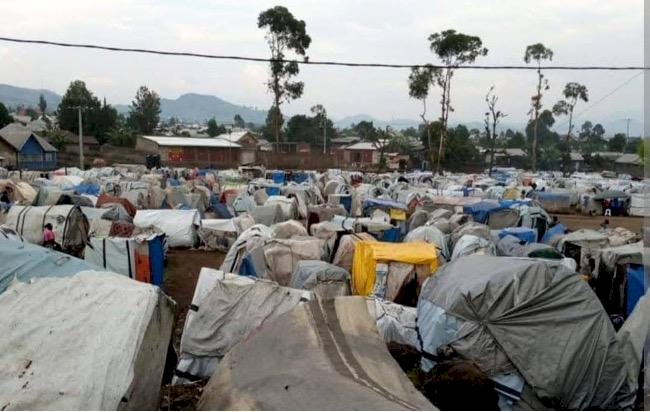
According to the UN Mapping Report examining the period of 1993–2003 in Congo, following years of war, the forestry and mining sectors gradually fell under the control of the newly formed national army, foreign militaries, and various armed groups. This militarization of resource-rich regions intensified violence against the civilian population. Rebel factions and foreign armies from neighboring countries, including Zimbabwe, Uganda, and Rwanda, operated in the region with the consent of Congolese authorities. Resource exploitation became an attractive means of financing military operations and securing personal wealth. The pursuit of profit led to frequent shifts in allegiance among armed groups.
Civilians who resisted the plundering of their natural resources faced brutal consequences, including displacement, massacres, sexual violence, inhumane treatment, and the destruction of entire villages. Despite widespread reports detailing violations of international law, foreign buyers—ranging from local traders in the DRC and neighboring countries to private corporations—continued to engage in the trade of these conflict-driven resources.
In some cases, foreign or multinational companies were directly involved, negotiating with armed groups, making payments, or providing logistical support to facilitate resource extraction. Political interference and a lack of impartiality have persisted whenever economic interests are at stake, further entrenching conflict and instability in the region.
